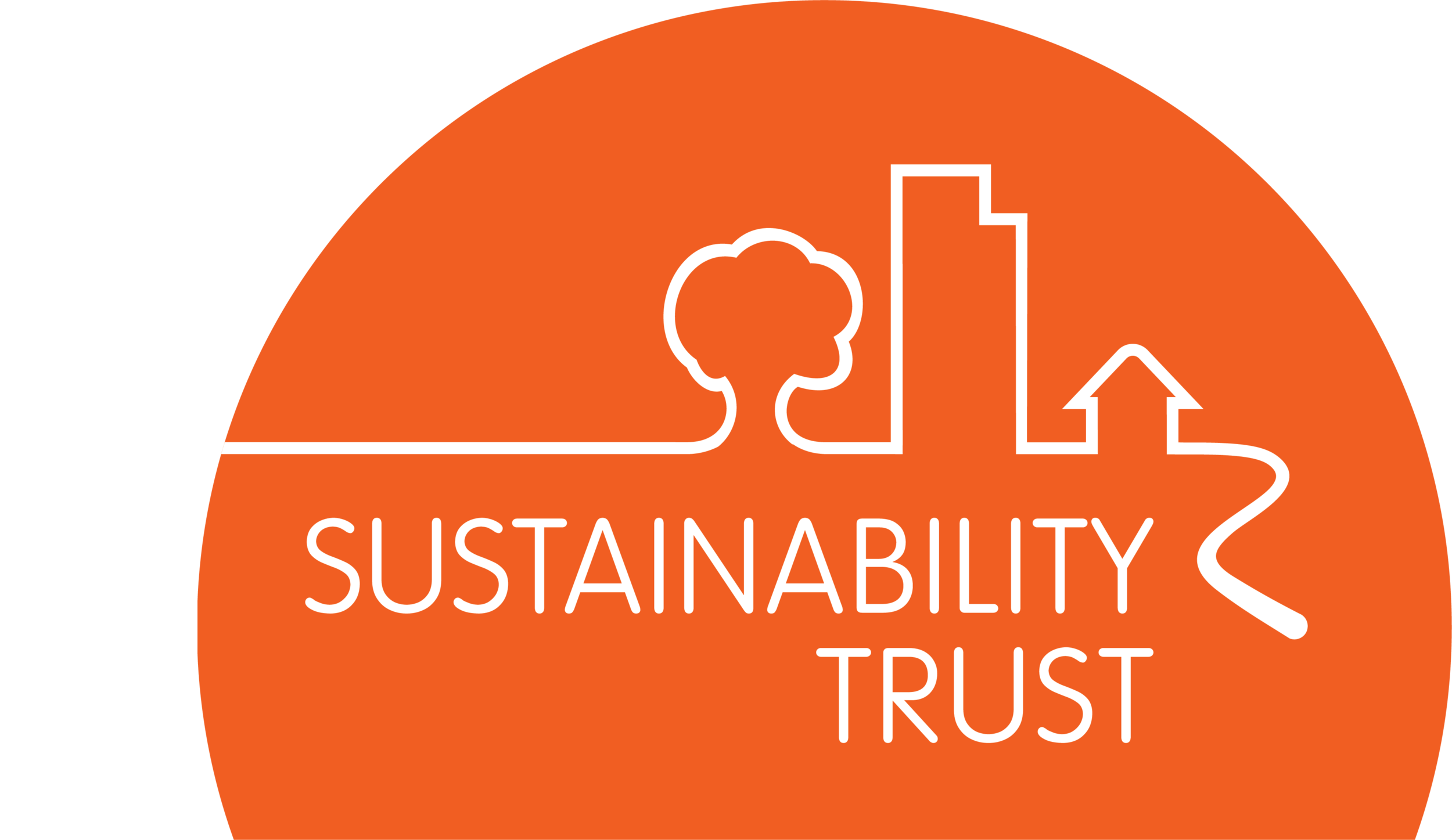Is your home properly insulated? 9 top tips to stay warm this winter
Published 20 June 2018
Feeling the cold in your home? Our experts explain why
Whether you’re a tenant or a homeowner, it’s not always easy to tell why your home is cold, and what you can do about it. All you know is that it’s winter again, you’ve got three jumpers on and you’re dreading the next electricity bill...
Often the first place to start is insulation. Homes with no (or poorly fitted) insulation can lose up to 35% of heat and energy through the ceiling. That means the warmth from your heating is being wasted – and the money you spent to heat it too.
For 15 years we have provided advice and solutions to create warm, dry and energy-efficient homes in our community. The two questions we hear the most are:
My house isn’t insulated - what are my options?
My house has some insulation but it’s still cold - what should I do?
Sound familiar? Here are our top tips when considering installing or upgrading insulation to make your home warmer and more energy efficient.
Fit – insulation needs to be installed in all accessible areas, free from any gaps, rips or damage, and not touching the building paper. Heat and energy will escape out of any uninsulated space, so a comprehensive fit is key. See the NZS4246:2016 for best practice and our install standards.
Old or poor quality insulation settles, thinning like an old blanket. If the insulation in your ceiling is less than 200mm thick (or more than 10 years old) it probably needs a top-up.
Foil underfloor insulation - should be replaced with bulk insulation because it loses its reflective properties and thermal value over time.
Light fittings – traditional downlights get so hot they are unsafe to insulate over. This means there are either large gaps in insulation (that heat and energy escape out of) or that existing insulation gets heat damage, and cannot perform properly. Where possible people should opt for insulation-coverable light fittings such as LED downlights, so that a consistent thermal envelope can be achieved.
Using the attic space – when insulation gets damaged or compressed it cannot perform properly. If the attic needs to be used for storage or accessed, a flooring and storage system like Attic Islands protect insulation against compression and provides a solid platform to walk and store on.
Water damage – when insulation gets wet it cannot perform properly. Fibreglass insulation is especially vulnerable to water damage and difficult to remove once it’s wet. Check and watch out for roof leaks, making sure to fix them before getting new insulation installed. (Polyester is naturally moisture resistant).
Pests and vermin – rats and mice like to live in fibreglass insulation, and can cause irreparable damage. Block entry points, use traps, check regularly and repair/replace as required. (Polyester is naturally insect and vermin resistant).
R-value – the thermal performance (R value) of insulation depends on the material, brand, fit, age and quality, alongside factors about the building itself – age, position, materials etc. A professional insulation installer company (such as ourselves) should be able to calculate the R value of what you have currently and what is needed to get it up to the recommended levels.
DIY – if you choose to install the insulation yourself, make sure you follow the instructions included with the product you buy. Insulation will need to be installed to the current NZ Standard (4246:2016) to be compliant with Residential Tenancies Act if it is installed in a rental property. Correctly installing insulation is a tricky business and potentially dangerous or ineffective if you don’t know what you’re doing. Make sure you understand what you’re doing before heading into the ceiling or underfloor.

